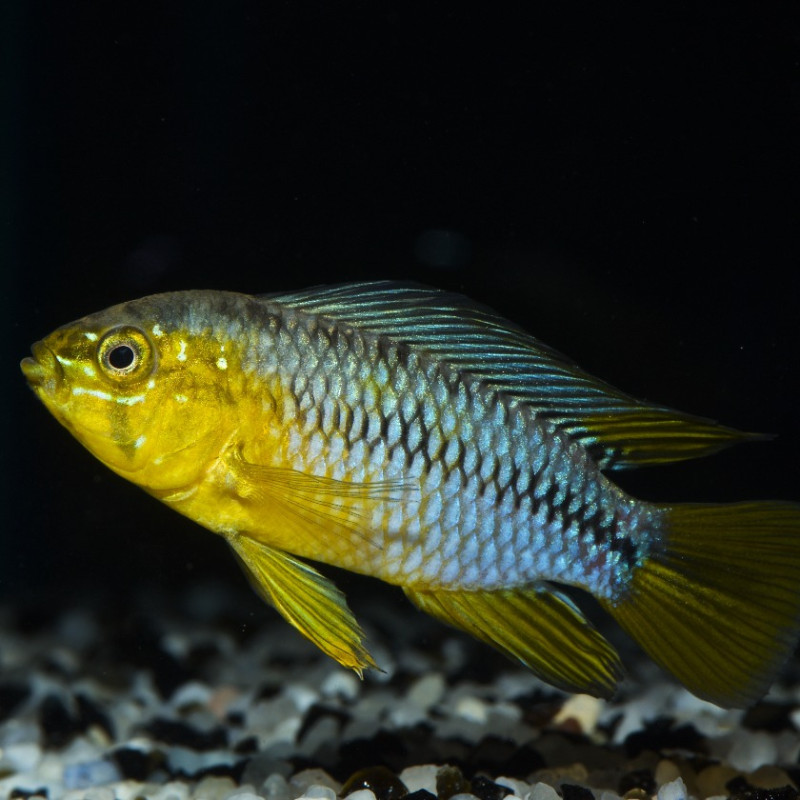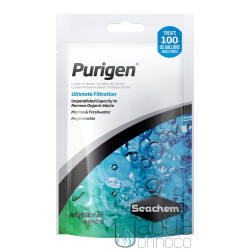More info
Apistogramma borellii
Common Name
Borelli's Dwarf Cichlid
Classification
Family: Cichlidae
Distribution
Found in the Paraguay and Paraná River basins in South America, including parts of Brazil, Paraguay, and Argentina.
Habitat
Inhabits quiet, shallow waters often found in lagoons, swamps, and slow-moving tributaries, usually among dense aquatic vegetation.
Maximum Standard Length
6,5 - 5 cm.
Aquarium Size
A minimum of 45 cm x 30 cm x 30 cm – 40 litres is recommended for a pair or a small group.
Maintenance
Prefers a well-planted aquarium with many hiding spots, such as dense plants, wood roots, and caves. A sandy substrate is ideal, allowing the fish to dig and exhibit natural behaviours. Regular water changes are essential to maintain water quality.
Water Conditions
Temperature: 22-28°C
pH: 6.0-7.5
Hardness: 18-143 ppm
Diet
Omnivorous, feeding on small invertebrates and detritus in its natural habitat. In the aquarium, a varied diet should be offered, including live and frozen foods such as brine shrimp, daphnia, and mosquito larvae, along with high-quality flakes and pellets.
Behaviour and Compatibility
A peaceful and relatively easy-to-keep species, it can be kept in community tanks with other peaceful species of similar size. Avoid keeping them with very large or aggressive fish. Best kept in pairs or harems, with one male and several females.
Sexual Dimorphism
Males are generally larger and more colourful than females. Females tend to have a rounder body and are less colourful, especially when in breeding condition.
Reproduction
Breeding can be relatively easy in a well-maintained aquarium. The female typically lays eggs in a cave or among plant roots, where she will guard them until they hatch. The fry hatch in about 2-3 days and can be fed with infusoria or finely ground foods until they are large enough to accept brine shrimp nauplii.





